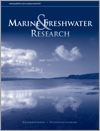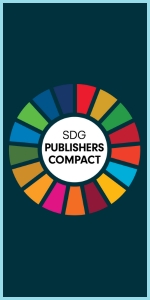Marine and Freshwater Research
Volume 76
Number 9 2025
This study maps green turtle feeding areas in Australia’s Northern Territory by using satellite images and underwater videos. Working closely with Indigenous rangers, researchers identified key habitats, including seagrass and algae, which are vital for turtle survival. The findings support conservation planning and empower Indigenous communities to manage their Sea Country more effectively.
We compared two contrasting approaches to wetland conservation in the Murray River, south-eastern Australia, one based on improving environmental flows and the other based on building infrastructure to retain water on floodplains. We found that the former approach achieved much the same flow frequency, extent and duration, at much lower cost and is likely to prove a more flexible option.
Cyanobacteria in marine fouling communities play an important role in the functioning of microbiota and respond differently to environmental changes. The annual dynamics of abundance and biomass of various morphological groups of cyanobacteria within communities reflect seasonal fluctuations in environmental conditions. In turn, there are distinct differences in the composition of cyanobacterial communities in periphyton and epilithon due to specific ecological conditions. Such research is necessary to understand how microbial communities contribute to the function of marine coastal ecosystems.
Off Australia’s eastern coast, bull sharks are frequently caught in the Queensland Shark Control Program. This study analysed nearly three decades of data, showing patterns in catch rates, shark size and gear selectivity. Findings highlighted trends that may indicate population changes, influenced by factors such as fishing pressure and climate. Such insights aid in understanding long-term shark conservation needs.
We consider the position of streams to determine how the spatial configuration can influence the functional patterns of aquatic insect metacommunities. We observed the highest values of functional richness and diversity in the mainstem zones compared with headwater. The mainstem areas deserve to be focused on for environmental conservation in aquatic ecosystems, considering their high functional richness and diversity.





